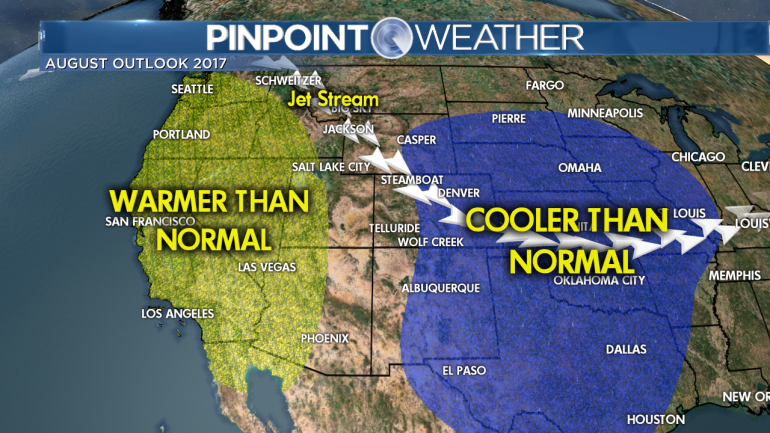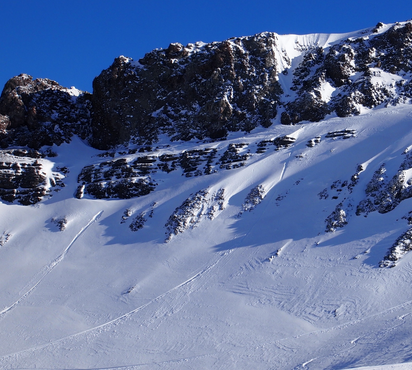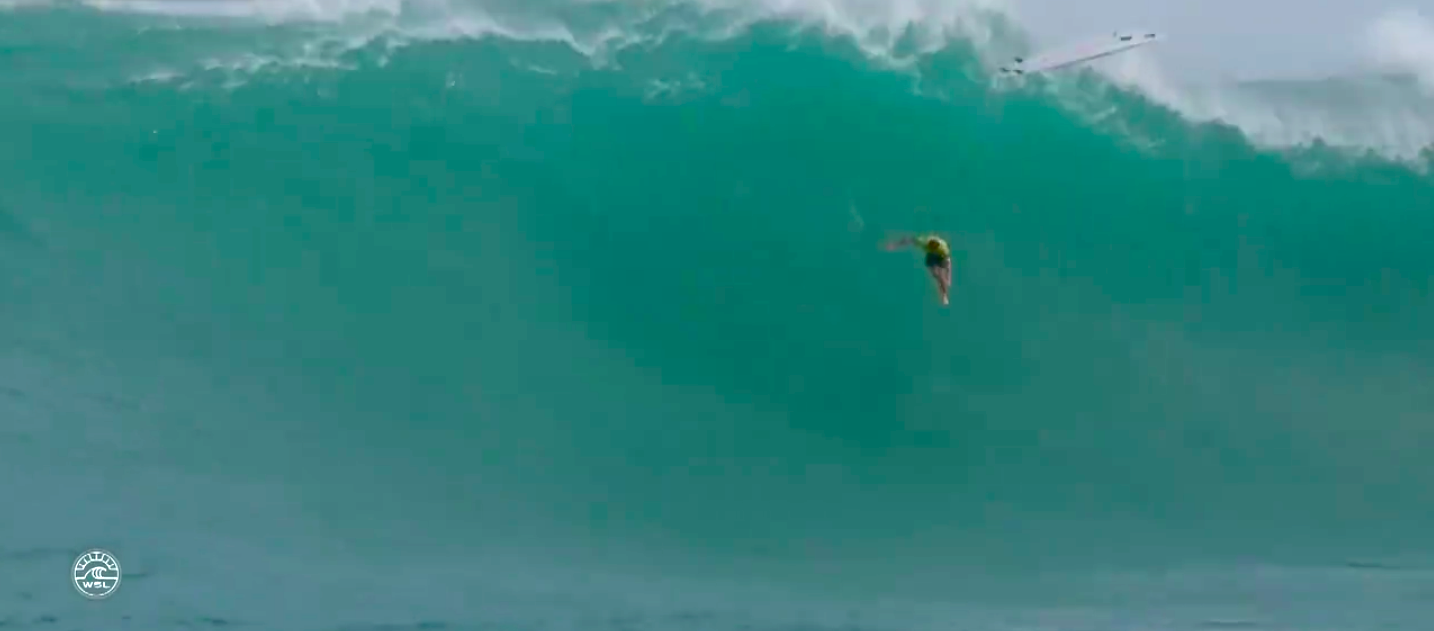High Altitude Pulmonary Edema or HAPE is a life-threatening disease where excess fluid develops in the lungs, meaning people are unable to perform gas exchange properly and have a difficult time breathing. This is when someone is not getting enough oxygen to function normally, and typically effects mountaineers at altitudes above 2,500 meters. This affects hundreds of skiers each year, and many cases are life-threatening.

The main symptom for HAPE is difficulty breathing, but there are also warning signs to watch out for like, cough, weakness or decreased exercise performance or chest tightening.
SKI magazine explains the most severe symptom:
“A physician at the Copper Branch of Colorado Mountain Center, says skiers should still watch out for common HAPE symptoms: A severe cough yielding frothy, pink phlegm, which tells skiers it’s time to rush to a doctor.” This is when the lungs are filling with fluid, and the skier is no longer able to breathe appropriately.
One important thing to remember is that if a skier comes down with altitude sickness, it has nothing to do with fitness level, age or gender. The only things that factor in are elevation and rate of ascent:
“When people ascend faster than their bodies can adjust, fluid starts leaking into their brains, their lungs, or both,” says David R. Shlim M.D.
This can be fatal within hours if not treated. This is why the most important treatment is to descend to a lower altitude as quickly as possible. Symptoms tend to improve rapidly with the descent, but more severe symptoms have the potential to stick around for several days

Many skiers are prone to this illness through Acute Mountain Sickness (AMS), which will give them a mild headache that can rapidly evolve into HAPE and its related symptoms. At 8,000 feet, there is a quarter less oxygen per breath, and skiers should be aware of this when at ski resorts with high elevation levels, or skiing and hiking in general.




